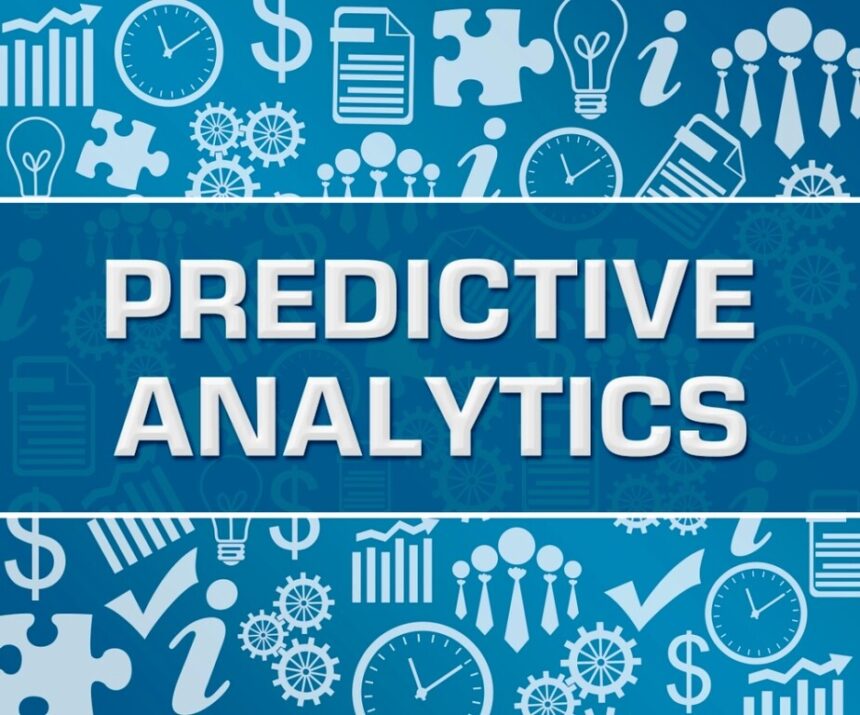The benefits of predictive analytics for businesses are numerous. Most case studies and industry advice columns focus on improved cost effectiveness, the propensity for innovation and the ability to reach new customers. However, predictive analytics can be just as valuable for solving employee retention problems.
Towards Data Science discusses some of the benefits of predictive analytics with employee retention. They also talked about some of the issues with developing a dataset to predict employee turnover, as well as ways to resolve it:
“As the graph shows, we have an imbalanced dataset. As a result, when we fit classifiers on such datasets, we should use metrics other than accuracy when comparing models such as f1-score or AUC (area under ROC curve). Moreover, class imbalance influences a learning algorithm during training by making the decision rule biased towards the majority class by implicitly learns a model that optimizes the predictions based on the majority class in the dataset. There are three ways to deal with this issue…”
According to an expert we spoke with from LifeWorks, employee retention is a major concern for countless businesses. One study found that 25% of employees are at a higher risk of turnover.
Employee turnover can have a number of consequences. Companies will lose a lot of money training employees that fail to stick around if they don’t create the right company culture. They will also see a reduction in productivity, due to lower morale and a less experienced workplace.
Fortunately, there are a variety of ways that predictive analytics can help minimize turnover. Organizations need to find ways to utilize predictive analytics for their employee retention strategy.
How does predictive analytics play a role in boosting employee retention?
All businesses that want to improve retention should consider developing predictive analytics models. Companies that have highly engaged teams will have 21% higher profitability. The exact applications of predictive analytics are not immediately evident to a manager without a background in data analysis. However, companies that are clever about setting up predictive analytics decision-making models will reap the rewards.
Here are some ways that predictive analytics can be useful in boosting employee retention.
Identifying employee segments that are prone to dissatisfaction
Predictive analytics can be an effective profiling tool for any organization. This is a controversial topic when it comes to marketing, credit analysis and security, especially when there are gender and racial overtones in play. However, it makes a lot of sense to use predictive analytics to make forecasts about different employee groups.
Some employee groups are more likely to feel dissatisfied than others. Predictive analytics models should take that into consideration. Examples of employees that might be prone to feeling dissatisfied include:
- Younger workers with elevated expectations about salaries, benefits and advancement opportunities
- Highly intelligent employees that are in positions they are overqualified for
- Employees that have previously been passed over for promotion
- Minority employees that might feel left out or discriminated against
Predictive analytics algorithms should be able to identify these groups. They will then be able to pinpoint specific employees within those groups that might be most dissatisfied, so that managers can take appropriate action to minimize the risk of turnover.
Evaluate workplace trends that are driving dissatisfaction
You will notice that different generations have different priorities in the workplace. This clearly indicates that a number of socioeconomic trends are at play.
Companies that want to minimize turnover need to be aware of these issues. Predictive analytics algorithms can identify the impact of I’m going trends, as well as future trends that are likely to emerge. This information can be invaluable for helping develop employee retention plans.
Employee retention strategies hinge on predictive analytics
Predictive analytics can be invaluable to any organization that is striving to improve retention. Companies should carefully develop predictive analytics systems that will help them create the right company culture and identify employees that are at risk of leaving. This will help avoid the costs of turnover and ensure employees will thrive in the organization.

